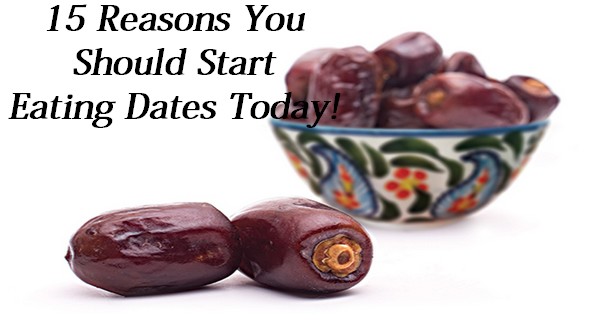Ad Blocker Detected
Our website is made possible by displaying online advertisements to our visitors. Please consider supporting us by disabling your ad blocker.
Preparing for a successful garden season involves a proactive approach, such as collecting and storing spent coffee grounds and eggshells from your kitchen during the fall, winter, and early spring. Unfortunately, many valuable kitchen scraps, including vegetable scraps, fruit peels, rinds, and leftovers, often end up in the trash instead of being directed to the compost pile. Among the most valuable remnants for soil and plant enhancement are coffee grounds and eggshells.
Although maintaining a compost pile in winter for all kitchen scraps can be challenging, there are simple, safe, and effective methods to save and store coffee grounds and eggshells. These methods ensure that these exceptional soil and plant-building nutrients are readily available when you need them the most – during the gardening season.
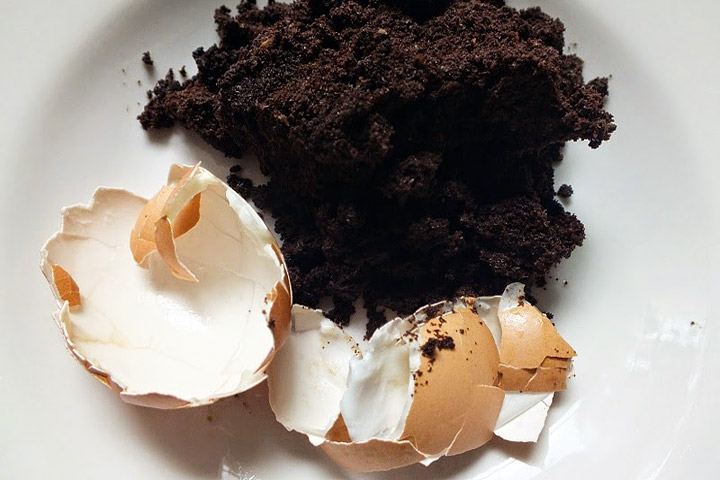
Coffee grounds and eggshells are the two most valuable of all “leftovers” coming from the kitchen. By saving them during the garden off-season, you can have plenty on hand for spring planting season!
Both coffee grounds and eggshells offer significant advantages for gardening. Not only do they contribute wonderfully to the compost pile, but they also excel in safeguarding and energizing plants in a multitude of powerful ways!
Why Saving Egg Shells & Coffee Grounds Is So Important…
Coffee grounds carry traces of nitrogen and essential plant-loving minerals, attracting worms and enhancing the soil’s structure and water-absorbing qualities. Simultaneously, eggshells contain valuable nutrients that, when incorporated into the soil, easily leach out and are absorbed by the plant roots. For these advantageous reasons and more, we introduce both materials into every planting hole during the spring season.
Whether we are planting tomato, pepper, and other vegetable transplants or cultivating annual flowers across the farm, remnants of coffee grounds and eggshells are placed into each hole. Additionally, we sprinkle both on top of many plants to provide extra nutrients and safeguard against pests.
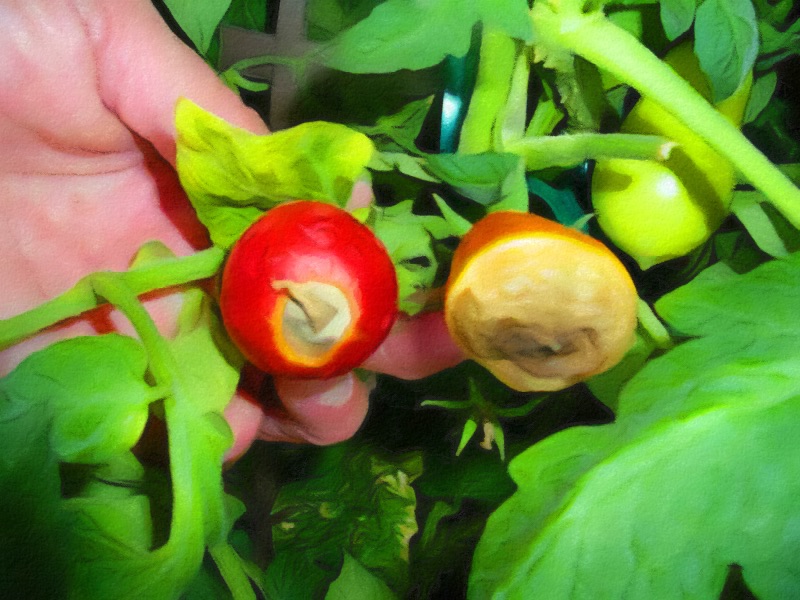
Adding crushed eggshells when planting tomato plants can help prevent blossom end rot. It can also help build strong stem cells to support a bigger harvest!
As a result, we require a substantial amount of both during planting. The sole method to ensure an ample supply is by consistently saving our coffee grounds and eggshells throughout the off-season. However, preserving them can be challenging, particularly in preventing mold or unpleasant odors during storage.
Storing Egg Shells & Coffee Grounds
Coffee grounds often emerge from the coffee maker with a significant level of dampness and moisture. Storing them at room temperature, especially without allowing some drying, can lead to rapid mold formation. Unfortunately, even after drying, coffee grounds may still absorb moisture, resulting in mold growth.
Similarly, eggshells frequently encounter similar issues. The wet, sticky, slimy interior of eggshells can cause rapid molding at room temperature, and with eggshells, an unpleasant odor can develop. Due to these challenges, most individuals who attempt to save eggshells and coffee grounds tend to discard them at the first hint of mold, often abandoning the idea of preserving them for the future.
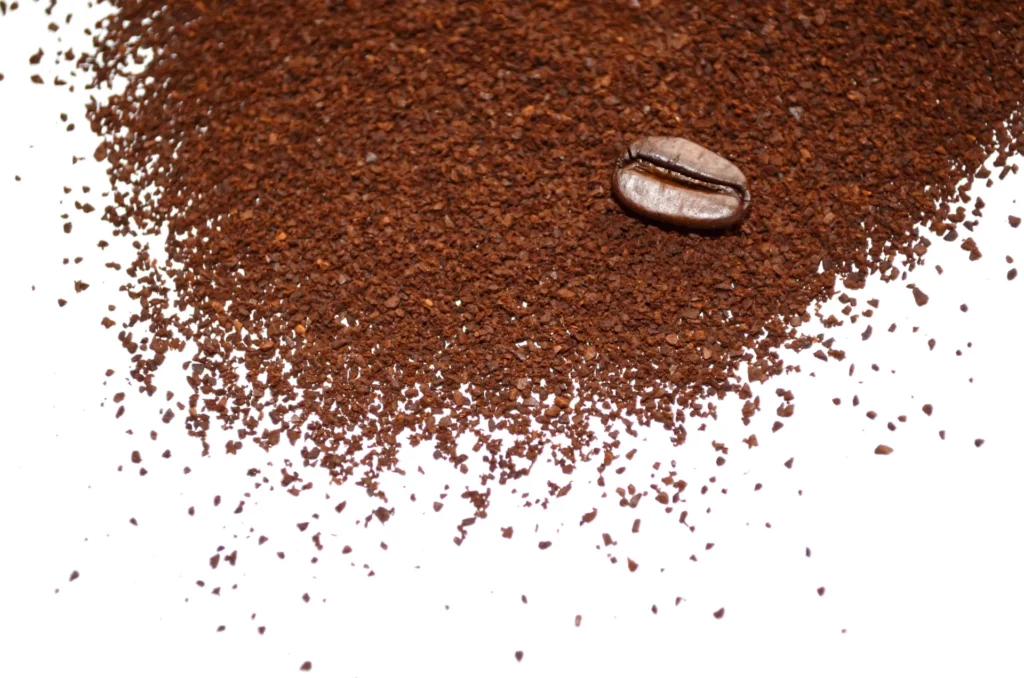
After brewing, coffee grounds are extremely wet and moist. And if they stay that way for long, mold can quickly form on their surface.
But here’s the positive news: with a simple preparation for each, and by utilizing a small amount of space in your freezer, you can securely and effortlessly store them for extended periods. This eliminates concerns about molding or unpleasant odors.
How To Safely Store Coffee Grounds & Egg Shells
The freezer proves to be the ideal storage space for both grounds and shells. By maintaining these materials in a frozen state, the risk of mold or unpleasant odors is entirely eliminated. Moreover, you can easily retrieve and use them as required, while the remainder remains securely stored in the deep freeze.
If concerns about space arise, particularly with regard to eggshells, a quick and straightforward solution is available, as outlined below. With this in mind, here’s a swift guide on how to store each with ease!
Storing Coffee Grounds In The Freezer – How To Store Coffee Grounds & Egg Shells For A Garden
Preserving coffee grounds for an extended period is remarkably straightforward. If you plan to freeze them, there’s no necessity to dry them out first, as freezing eliminates the risk of mold formation. Our preferred method involves using a resealable plastic freezer bag that allows for quick and easy access. Each morning, after the coffee has been brewed, we retrieve the bag from the freezer and transfer the grounds into it.
Even in their frozen state, the grounds can be easily crushed, allowing us to maintain a flat and efficiently filled bag, saving valuable storage space in the freezer. When handling coffee grounds, it’s essential to scrape them off the filter separately to avoid freezing the filter hard to the grounds, making removal challenging. Most coffee filters are compostable, so if your compost pile is active in winter, feel free to include the filter along with the small remnants of coffee grounds sticking to it.
In terms of storage, we typically manage to fit around 75 to 100 coffee filters’ worth of grounds into a one-gallon freezer bag. Accumulating a few bags throughout winter and early spring ensures an ample supply of grounds ready for planting when the time comes!
Storing Egg Shells In The Freezer – How To Store Coffee Grounds & Egg Shells For A Garden
When it comes to eggshells, the process remains straightforward but requires an additional step or two to maximize your preservation efforts. While you could opt to crumble fresh eggshells and place them directly into a resealable plastic freezer bag, this approach might occupy a significant amount of space.
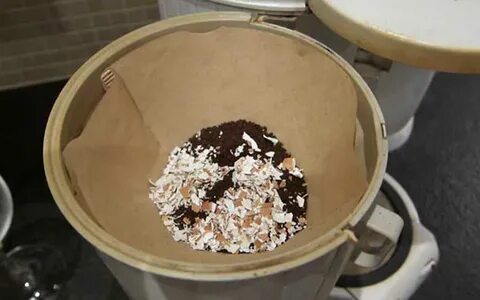
With coffee grounds, simply emptying them into a one-gallon resealable plastic bag can keep them safe and mold-free.
To optimize space, start by grinding the eggshells into a near powder-like substance. This can be effortlessly achieved using a handheld coffee grinder, making the process both simple and speedy. Just toss the shells into the grinder and let it do the work!
Products links:
Affiliate Product Link: Electric Coffee Grinder
Affiliate Product Link: Electric Coffee Grinder
Affiliate Product Link: Electric Coffee Grinder
Grinding eggshells into a powder provides an additional significant benefit. Larger bits and pieces of eggshells can take a considerable amount of time to break down, but eggshell powder is more readily absorbed into the soil. This facilitates a faster delivery of nutrients to empower plants.
Our practice involves saving a week or so worth of eggshells at a time, placing them on an old cookie sheet, and then drying them in the oven. We set the oven to 200°F for about 20 to 30 minutes before grinding. This drying process ensures that the shells are ready for quick, easy, and mess-free grinding.
